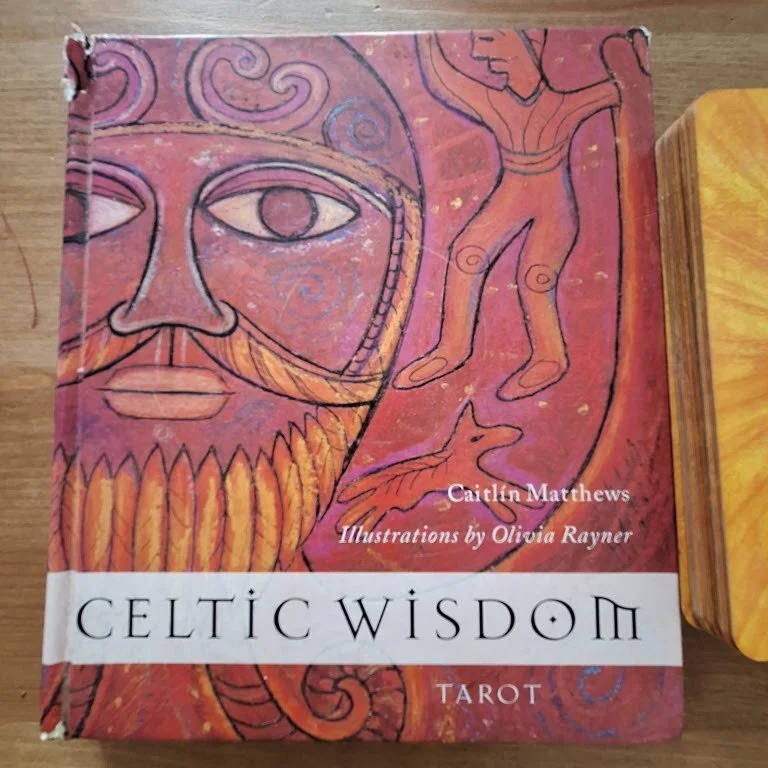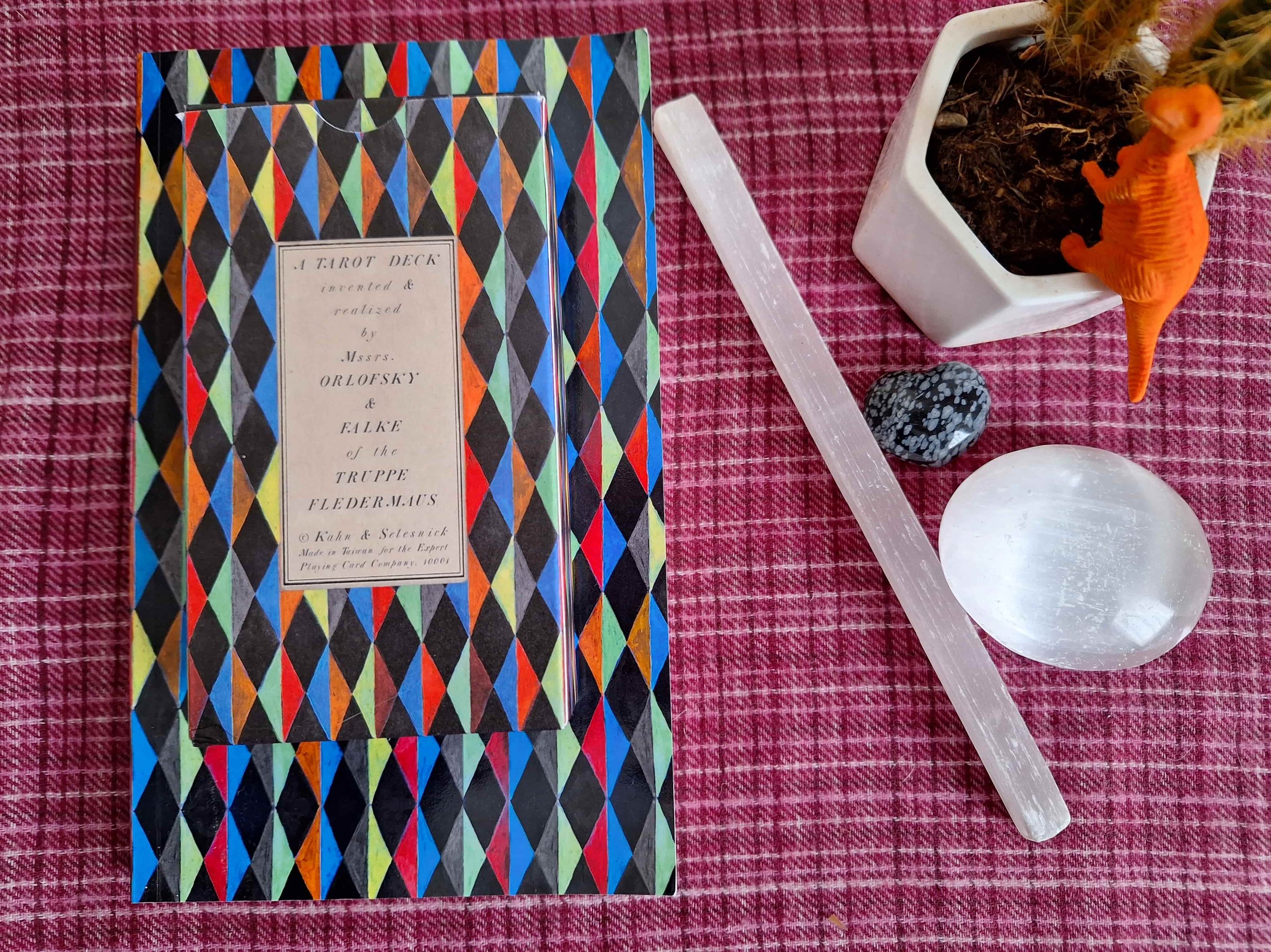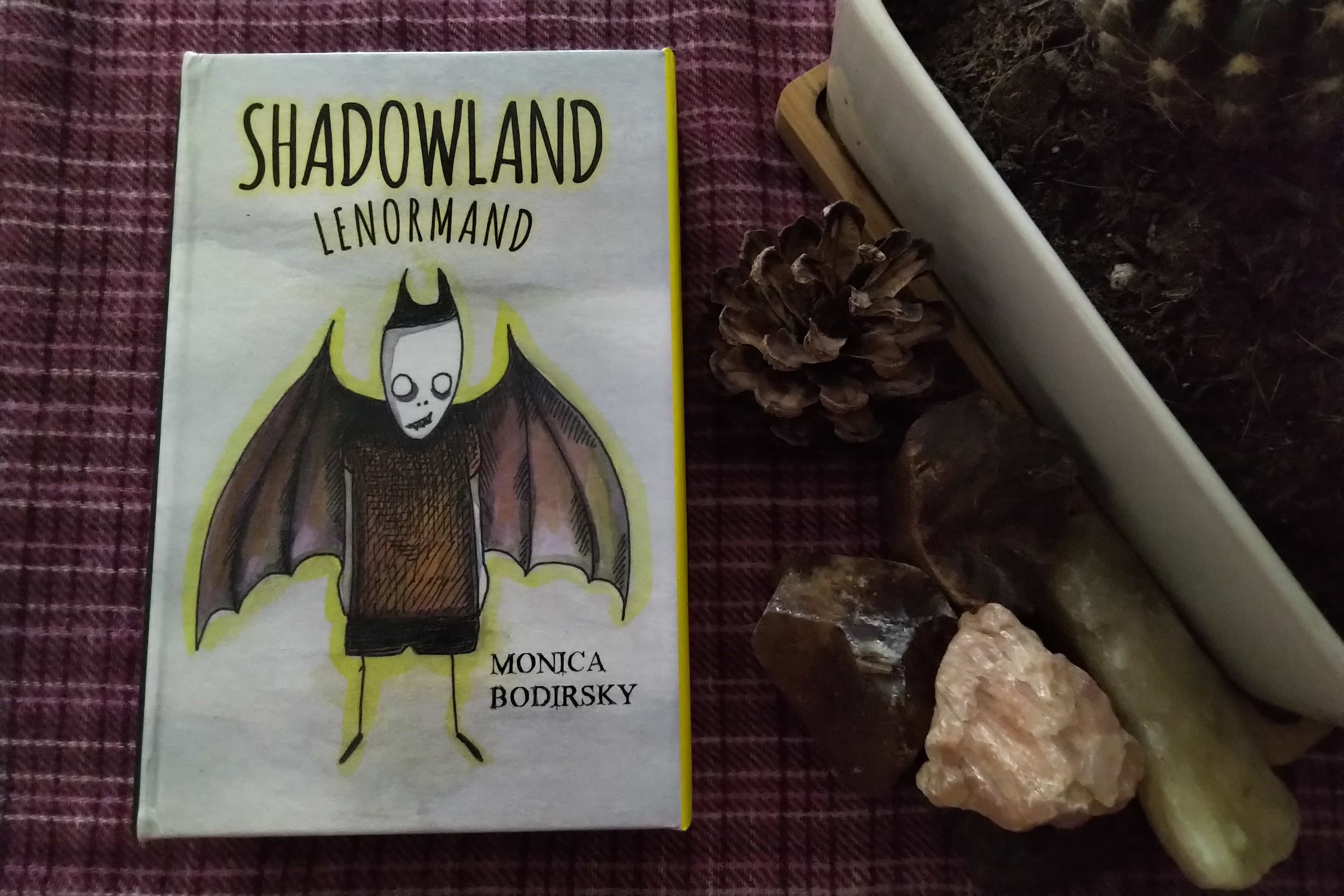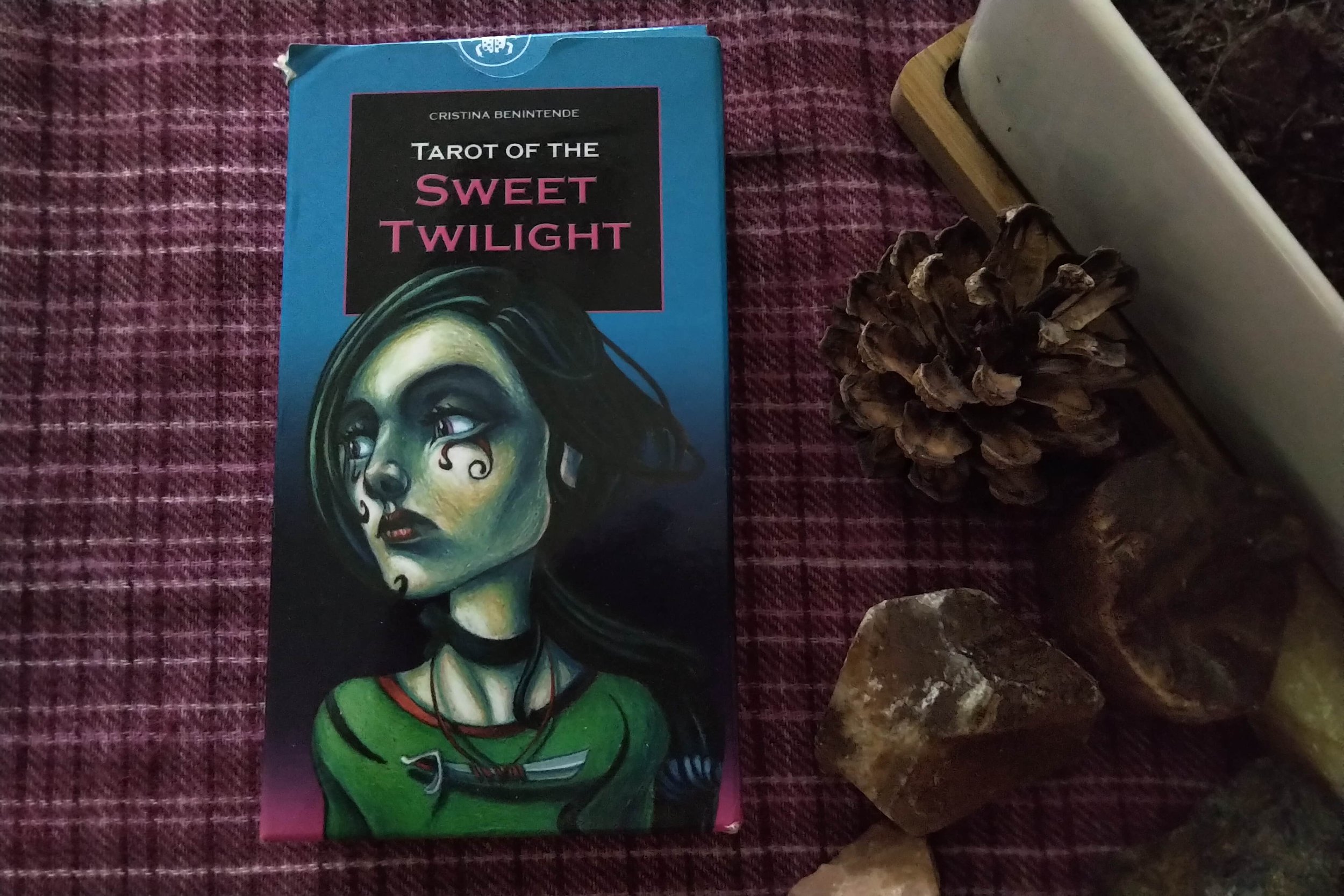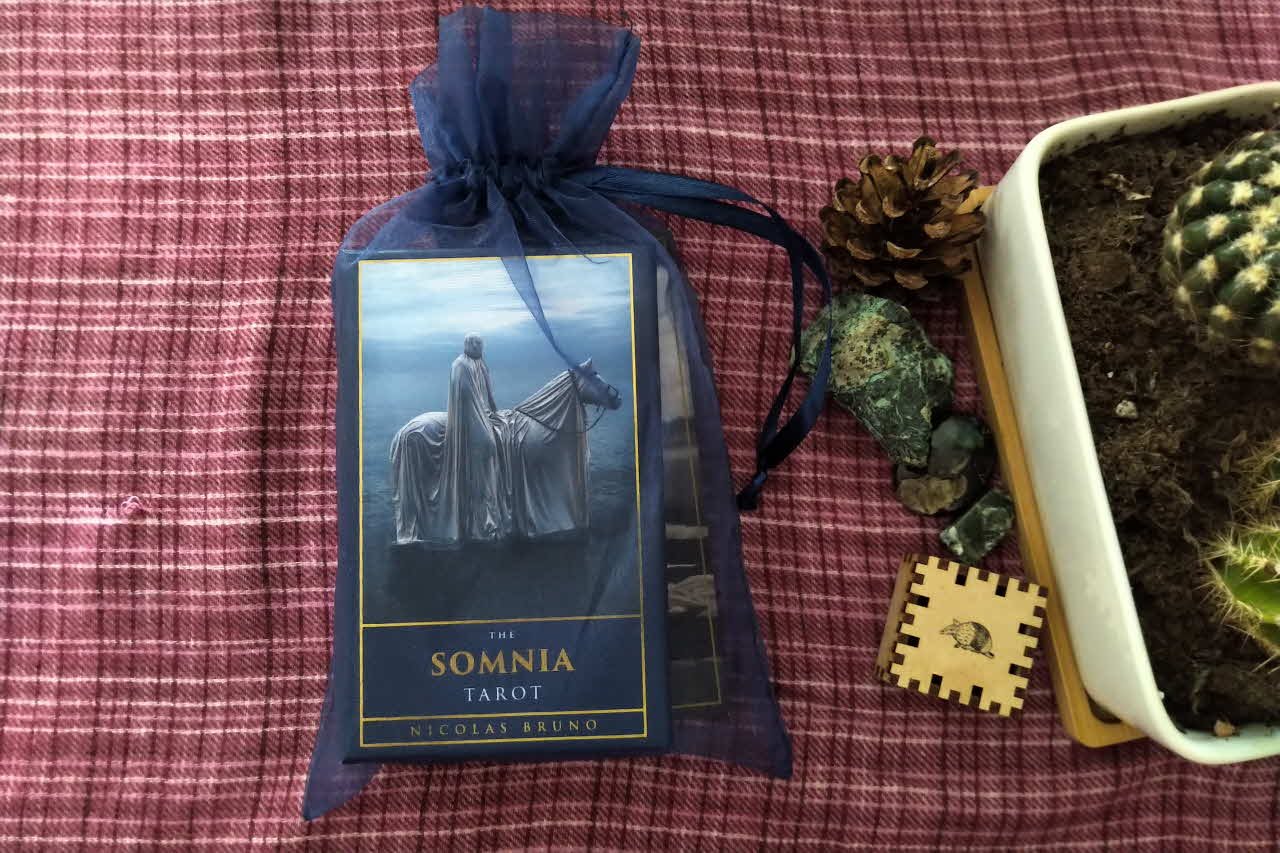Dan May’s Oracle Cards



Dan May is a fine artist that creates narrative paintings. The first oracle deck I bought was the one he collaborated with Lucy Cavendish, and the second I received as a gift from my youngest son back in August. I want to compare and contrast both decks to see whether one deck emerges as more robust than the other. My initial impulse preferred the second because it’s slightly smaller and, therefore, easier to handle. It also has a broader remit, so you could use it for various circumstances. Dan seems to have been inactive on social media since late 2020, and I’ve been unable to establish why. Still, I feel it appropriate to mention a workbook is due to be released for Into The Lonely Woods within the next couple of weeks. I figured this might interest you if you want to engage deeply with the deck as part of a structured self-development process.
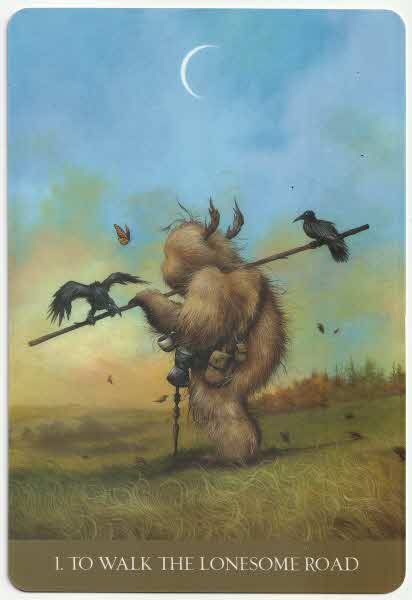






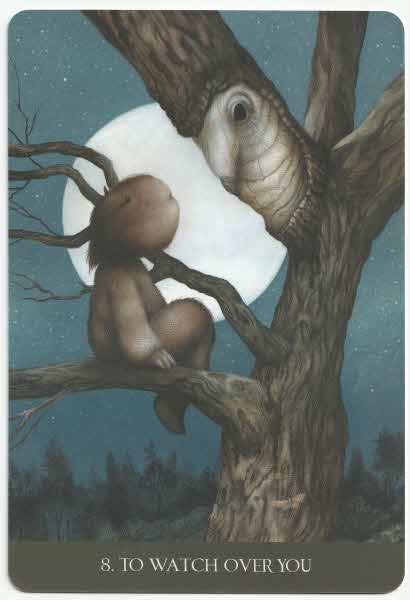












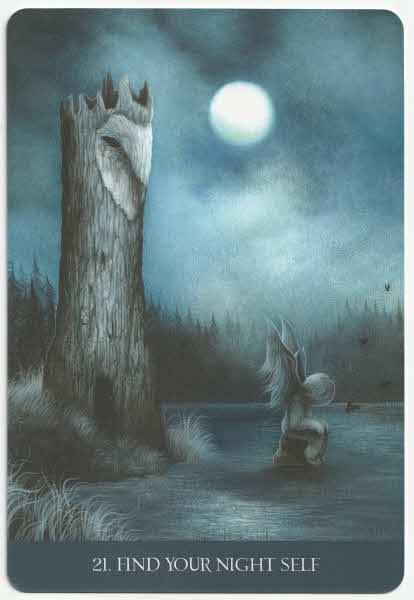






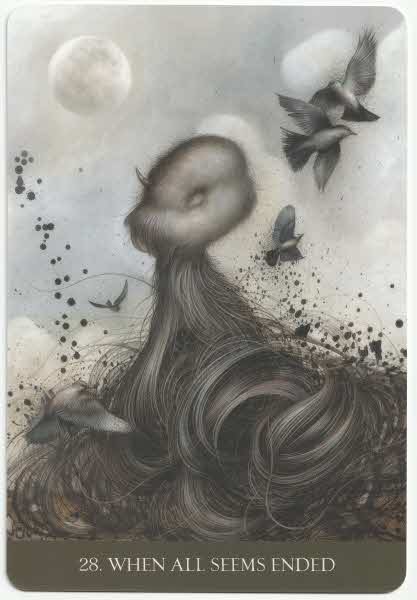




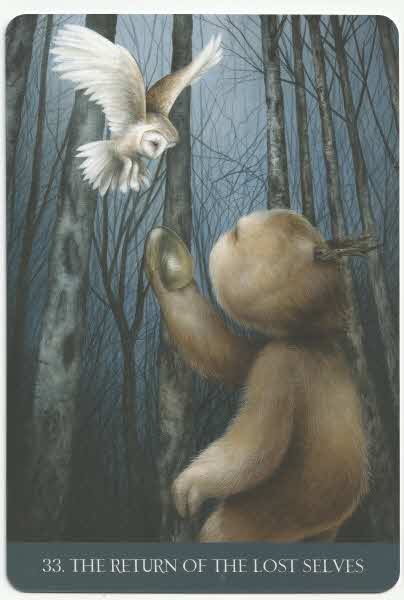




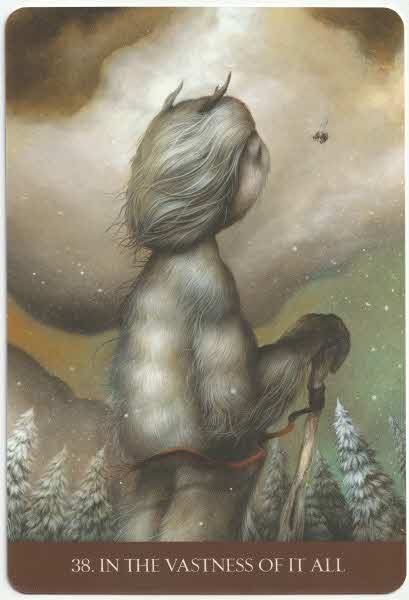


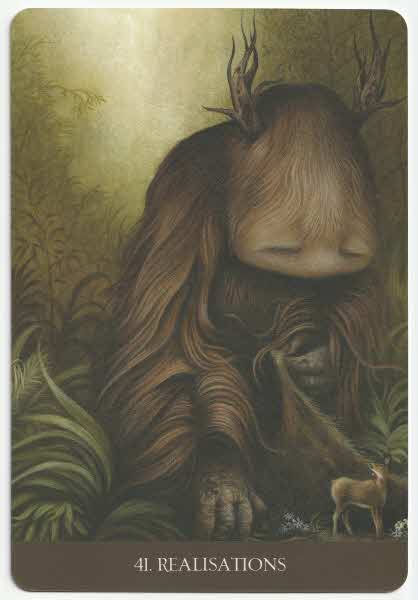
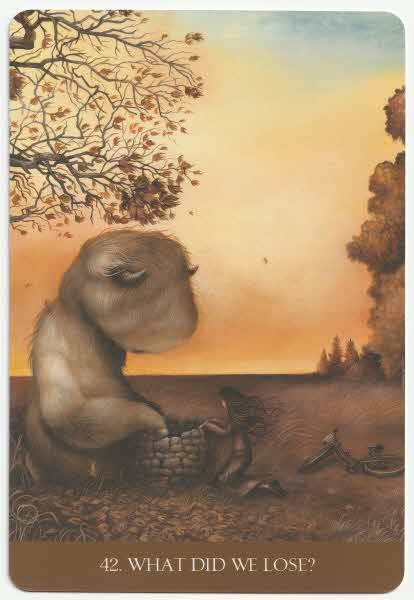



Into The Lonely Woods was released by Blue Angel Publishing on the 8th of November 2021 and retails for just under £18. The forty-five-card oracle set was produced in collaboration with Lucy Cavendish, who has previously worked with other deck artists. The cards come in a very sturdy box, which also contains a guidebook. The cards are considerably smaller than the box, yet it lacks an insert to keep them secure. I’m easily annoyed by a shoddy or absolute lack of insert. But there’s little chance of the lid flying off, and the book is a snug fit that helps keep them in place somewhat. The cardstock is of good quality, and despite the large-sized cards, they’re easy enough to handle. There is some clumping and sticking together, but the cards have a soft, smooth finish. The overall effect of the printing appears to have softened the images compared to the original versions available online, but this hasn’t diluted the impact of the image.
The guidebook feels cheap compared to the cards; the paper is yellow-tinged and relatively thin. An extended introduction and example card layouts take up half the guidebook. The text for each card interpretation covers about half a page. There are many beautiful images in this deck; all are lovely. It is a very calming set; you could look at the pictures all day. The deck has been put together with loneliness in mind, and the artwork is conducive to centring yourself if you’re feeling left out in the cold.
The card titles don’t always fit well with the imagery; examples include card 24, Between Two Worlds, and card 31, Ebbs and Flows. Card 24 shows a creature with his back turned to a woman. While they are clearly separated by water, the most substantial element coming through is the fact the creature has his back turned. The booklet description doesn’t do much other than suggest a bridge will appear soon enough. But I think it misses the mark by about five miles.
Card 31 shows a waterfall. Waterfalls don’t ebb and flow. They flow. Occasionally a freak weather pattern might interrupt that flow, but the association with ‘ebb’ isn’t there. The booklet falls short again and doesn’t really bring the art on the card alive.
I don’t think the pairing of artist and author has worked in this instance. I love the cards. The images are very readable for those with a little background knowledge, but the titles may need to be ignored occasionally.























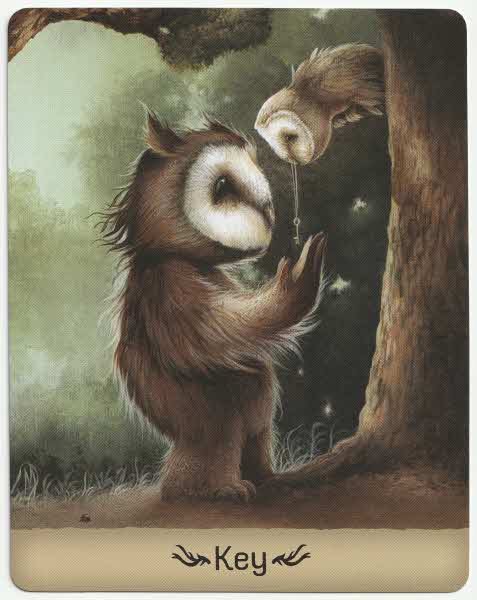










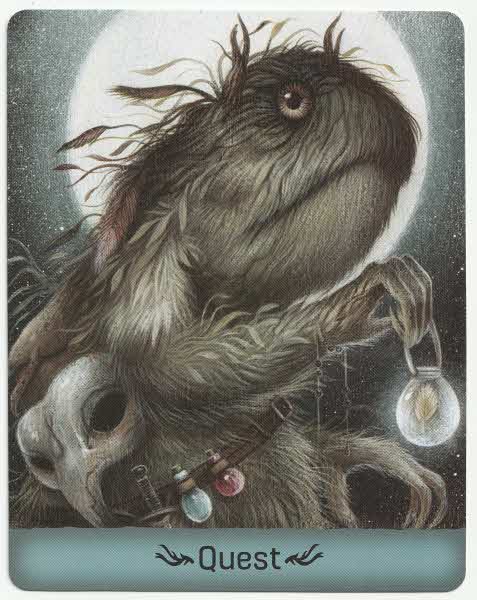













Gentle Creatures Wisdom Deck was released on the 14th of November 2021 by U.S. Games and currently retails for just under £18. This forty-eight-card oracle set was produced in collaboration with Arwen Lynch, who has also worked with other artists. As I’ve already mentioned, it’s a slightly smaller set, but the box is sturdy. There is no insert because the cards fit inside snugly. The card stock is still good quality but substantially thinner than the Lonely Woods set. They feel slightly laminated, although they shuffle much better and don’t stick or clump together. The guidebook has as much, if not more, information on each card but no example card layouts. Because this set has a wider remit, it’s good to use it for general purposes. The titles work much better with the image, and it’s easy to see the connection between the two. The guidebook interpretations are also much better, and I like that the author has talked a little about the imagery. I think the only criticism I have is that the image finish has made it difficult to appreciate the detail in the artwork. However, this is only really noticeable if you’re already familiar with Dan May’s art.
The quality of the cards for Into The Lonely Woods is better, with the downside being they’re not as easy to shuffle. They are both packed with beautiful cards, and I’m glad to have both. If I had to choose only one, I would say that I prefer Gentle Creatures because the writer has been able to engage with the material, which leads to a better overall experience. They’re also easier to shuffle. However, the lonely woods has a few images that I’d like to work with. I think the guidebook for Gentle Creatures would help someone create a more holistic understanding of how to use Into The Lonely Woods, which is a little weird but true.
Honestly, I’d buy both!
Recent Posts
Archives
Categories
- Animal-centred
- Books
- Decks For Self-development
- Difficult Decks
- Expensive Decks
- Lenormand Decks
- Oracle Cards
- Oracle Cards For Beginners
- Out-of-print
- Personal Favourites
- Published 2000s
- Published 2010s
- Published 2020s
- Tarot
- Tarot & Oracle Sets
- Tarot Cards For Beginners
- Under £15
- Under £20
- Under £30
- Under £40
- Witchy Decks
- Woman-centred
